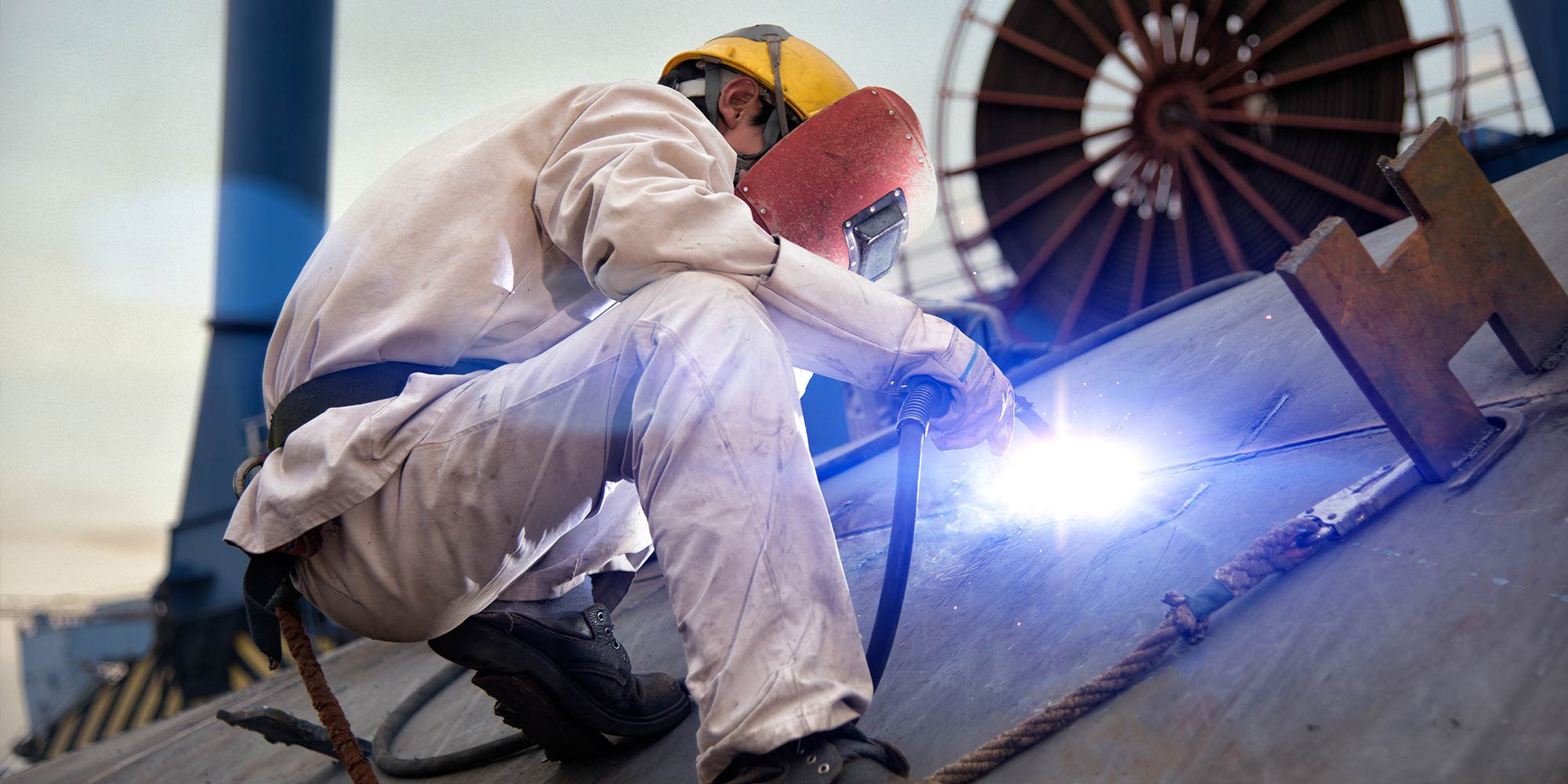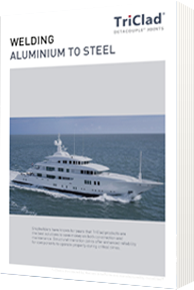
Frequently asked questions about TriClad
Frequently asked questions about TriClad
How can the different coefficients of expansion between aluminium and steel be accommodated?
Whilst the coefficient of expansion of aluminium is almost 50% higher than that of steel, the phenomenon exists regardless of how the metal structures are joined; and the forces required to restrain the aluminium are the same. However, with a transition joint the force is applied uniformly, rather than at a series of points with mechanical joints, and is well within the shear load capabilities of the bond.
What are the small holes visible at the interface between the aluminium and steel and do they affect the performance of the joint?
The holes are small pockets of intermetallic material, and are a characteristic of the bond between the two metals. Indeed, they may pass from one side of the joint to the other, but the testing of the joints takes this into account. In service, these pores will be sealed either by harmless corrosion products, or by paint, or, in most cases, a combination of the two.
My operating conditions are particularly severe. Are there any other joints that suit my application?
We also produce joints with a titanium layer. These are particularly suited to use on LNG tanks , or where elevated welding temperatures are likely to occur.
I see that the manufacturers of joints recommend sophisticated welding techniques; we do not have access to such equipment. What can we do?
These techniques have been developed to meet the very stringent requirements of the military and enable costs to be pared to the minimum by giving optimum structural strength and maximum building rates. Provided that you have equipment capable of producing (to the inspection authority) acceptable aluminium to aluminium welds and similarly acceptable steel to steel welds, then you can use TriClad®. We would suggest that you monitor the welding operations to ensure that no overheating occurs and err on the conservative side when specifying the size of TriClad®joint.
Read more about TriClad:
Aluminium steel welding | What is a structural transition joint? | What is explosive bonding? | What is explosion welding? | What is explosive cladding? | The application of TriClad in the marine industry | Welding parameters: general guidelines | Fabrication guidlines | Corrosion resistance | What is TriClad? | General background of explosion cladding | Joining aluminium to steel | Welding aluminium to steel: TriClad | TriClad for the marine industry
Find out more about TriClad in:
Portugese | Russian | Arabic | German | English | Chinese | Spanish | Italian
Download our brochure for more detailed info!



